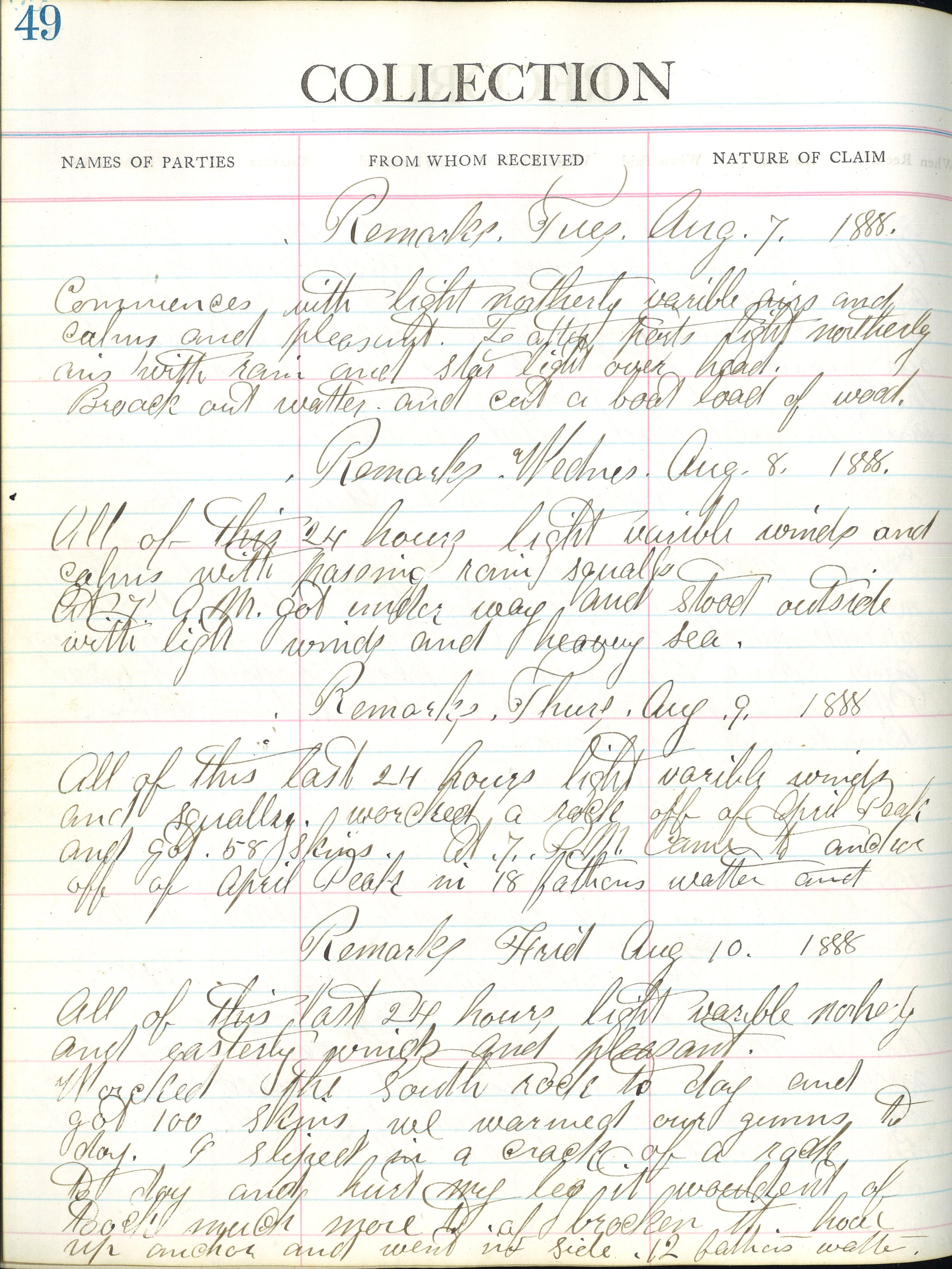
The complex stories of seals and societies
The relationship between people and seals is always changing.
Throughout history, humans and seals have lived through cycles of co-existence, exploitation, and protection. Our relationship continues to shape and evolve.
Co-existence
Indigenous values include the belief that non-human beings and the land are important members of the community. In addition to this, seals offer important necessities, such as food, oil, and furs. Some Native Nations in North America still harvest marine mammals, a right backed by treaty agreements.
This beautiful seal-shaped spear-tip holder from the Bering Sea, both useful and artistic, was valued and cared for by the hunter who carried it.
Extraction and Exploitation
Seal bounty hunts were legal and encouraged in New England waters, until 1945 in Maine and 1962 in Massachusetts, due to a perceived competition with fisheries. Towns would pay $1 - $5 to anyone who brought in a seals’ nose as evidence of a kill. An estimated 72,000 - 135,000 gray and harbor seals were killed during this period.
Excerpt from August 10, 1888:
“Worked the south rock today and got 100 skins we warmed our guns today. I slipped in the crack of a rock and hurt my leg it wouldn’t of took much more to of broken it. Hove up anchor and went inside. 12 fathoms of water.
#844 Sarah W. Hunt, Oct 25, 1887-21
Watch the animation about the history of seal bounty hunts and seals’ recovery once they are protected.
Commercial sealing, alongside whaling, was a big part of New England’s historic economy. Ships set forth with multinational crews, often guided by Indigenous knowledge-keepers, to hunt seals around the globe.
Protection
In 1964, Massachusetts passed a law that protected gray seals. Then, the Marine Mammal Protection Act was passed in 1972, a landmark law that banned the killing, injury, and harassment of seals and all marine mammals. This important, federal act fundamentally changed the way humans and seals interact in the U.S. and reflects changing social values.
Quotes from the legislative hearings show another groundbreaking aspect of the Marine Mammal Protection Act: the public acknowledgement that human activity is responsible for the decline of marine mammals.
From the House Report on the Marine Mammal Protection Act, 1972: “Recent history indicates that man's impact upon marine mammals has ranged from what might be termed malign neglect to virtual genocide. These animals…have only rarely benefitted from our interest; they have been shot, blown up, clubbed to death, run down by boats, poisoned, and exposed to a multitude of other indignities, all in the interests of profit or recreation, with little or no consideration of the potential impact of these activities on the animal populations involved…Man's thumb is already on the balance of Nature, and…solicitous and decent treatment for the animals may well also be in the long-term best interests of man.”
One of the groundbreaking aspects of the Marine Mammal Protection Act (MMPA) is the recognition of the importance of protecting not just individual animals, but also the importance of the ecosystem. The MMPA was the first ecosystem based law passed in the United States.
The legislative record states, “Extensive hearings by the Subcommittee…underscored the hazards and problems to which marine mammals are exposed today. Probably the most pervasive and threatening of these is the degradation of the environment upon which they depend.”
This act represented an overall shift in the public’s perceptions of human’s place in the environment and the government’s role in protecting the environment.
Learn more about the Marine Mammal Protection Act from the Marine Mammal Commission and NOAA Fisheries.
Toward Coexistence
As seals return to the waters and shores they’ve been absent from for decades, we now are learning to coexist with these marine mammals. It’s a change that is exciting for many and frustrating for some. The relationships between people and the marine world are tangled, but research shows that people value a healthy marine ecosystem.
References:
Lelli, B., Harris, D. (2006). Seal bounty and seal protection laws in Maine, 1872-1972: Historic perspectives on a current controversy. Natural Resources Journal, 46, 881-924.
House Report (Merchant Marine and Fisheries Committee) No 92-707, Marine Mammal Protection Act of 1972. https://www.animallaw.info/statute/us-mmpa-legislative-history-1972
https://www.fisheries.noaa.gov/national/marine-mammal-protection/marine-mammal-protection-act

















